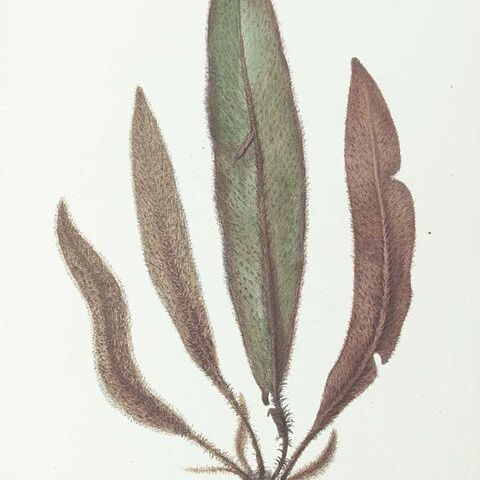Plants small to medium-sized, epiphytic, rarely terrestrial or epilithic. Rhizome shortly to long creeping, bearing roots ventrally and fronds in 2 dorsal rows, dictyostelic, scales narrow or broad, usually cordate, dark or pale, margins bearing short teeth or hairs, often glandular. Fronds tufted, rarely remote, dimorphic, variously scaly or glabrous; stipes usually terete, articulate or subarticulate to scaly phyllopodia; sterile lamina simple, entire, mostly thick and leathery, margin often thin and colorless to stramineous, strongly thickened, narrowly revolute; veins mostly immersed free, simple or forked and parallel almost to margin, sometimes connected by an intramarginal vein at their tips, rarely copiously anastomosing; fertile lamina often longer, contracted and with longer stipe. Sporangia acrostichoid, entirely covering abaxial surface of lamina, exindusiate, paraphyses lacking, annulus longitudinal, interrupted, of ca. 12 thickened cells. Spores brown, elliptic, monolete, with a thick folded perispore. n = 41.
Mainly epiphytic or lithophytic, rarely terrestrial. Rhizome short-to long-creeping, with persistent stipes, densely scaly; scales peltately attached or with a cordate base and attached by the sinus. Fronds simple and entire (lobed or pinnate in some non-Australian species), crowded, borne in 2 rows, monomorphic or dimorphic; fertile fronds shorter, narrower and with a longer stipe than the sterile fronds. Stipes short, articulated on short phyllopodia. Lamina coriaceous or fleshy, covered with small scales when immature; veins simple or forked, mostly free, rarely anastomosing, immersed in the lamina. Sporangia mixed with short hairs, covering the ventral surface of the fertile lamina. Spores ellipsoidal, monolete, often spiny.

